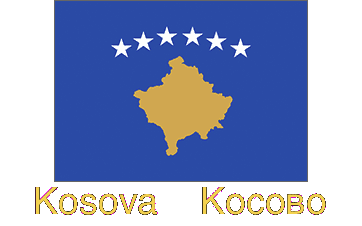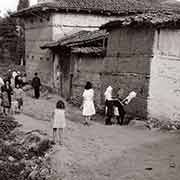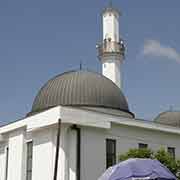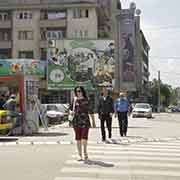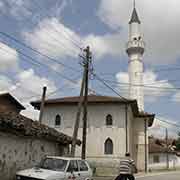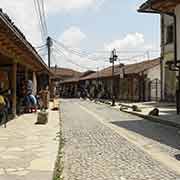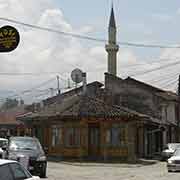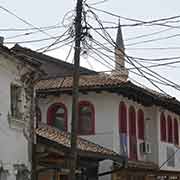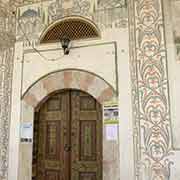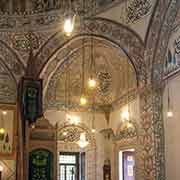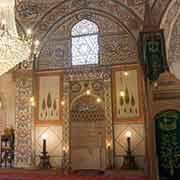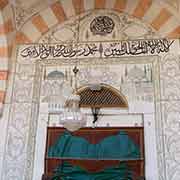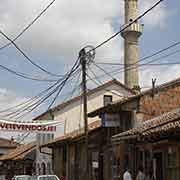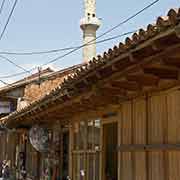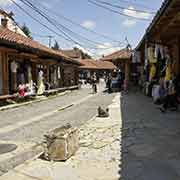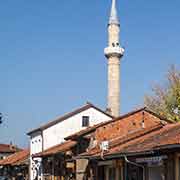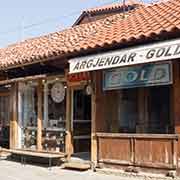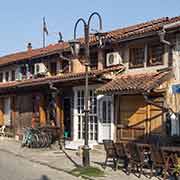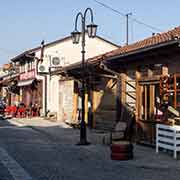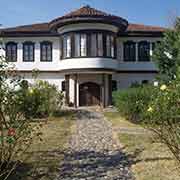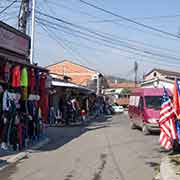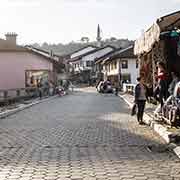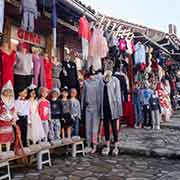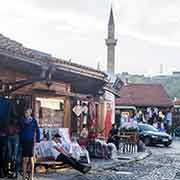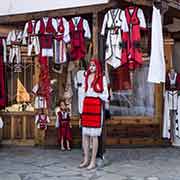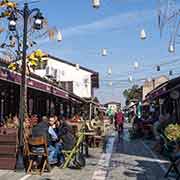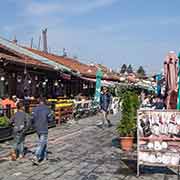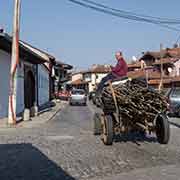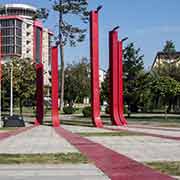Photos of Gjakova, in western Kosovo, Kosovo
Gjakova, in western Kosovo
Gjakova (or Gjakovë in a sentence with a preposition like in “to”, “in” or “from Gjakova”) is a city in western Kosovo. The Serbian name is Ђаковица (Ðakovica or Djakovica). It has a population of around 90,000 people. Approximately 95% is Kosovo Albanian, while the balance made up of Bosniaks, Roma, Ashkali and Egyptians. Almost all Serbs have now left; before the war, around 3000 Serbs lived in the town.
you may then send it as a postcard if you wish.
Gjakova was severely affected by the war, suffering great physical destruction. There were large-scale human losses and human rights abuses; many atrocities were committed against the local Albanian population. The Çarshia e Madhe, Gjakova’s old bazaar, was destroyed by fire during 1999 as the entire city was targeted by the Serbian military and paramilitary as an Albanian stronghold. As much as 90 million euros worth of property was destroyed in the fire. The top of the minaret of the main Hadum mosque was shot off by Serb soldiers using a shoulder-launched missile on 8 May 1999. Serbian police and paramilitaries as well as Yugoslav forces forcibly expelled 75% of the population from this town. Many civilians were killed in the process. Yugoslav military barracks were attacked on several occasions by NATO forces. In one incident, NATO aircraft misidentified a convoy of Albanian refugees and attacked it, killing dozens of civilians. Large areas of the town were destroyed, chiefly through arson and looting but also in the course of localised fighting between government security forces and members of the KLA (Kosovo Liberation Army). The actions of the government forces in Gjakova formed a significant part of the United Nations war crimes indictment of the then - President Slobodan Milošević. The number of missing people from the Gjakova municipality is among the highest in all Kosovo, numbering over 300. Several dozens of corpses have now been identified and returned to their families. It still remains a relatively small number, compared to the figures of those who are still missing. As a result, any idea of the return of the former Kosovo Serb population is unthinkable. It is really distressing that this town had to suffer so much, but now there is again hope, the bazaar reconstructed and mosques repaired and restored.
For photos comparing Gjakova of half a century ago with today, see Returning after half a century.


